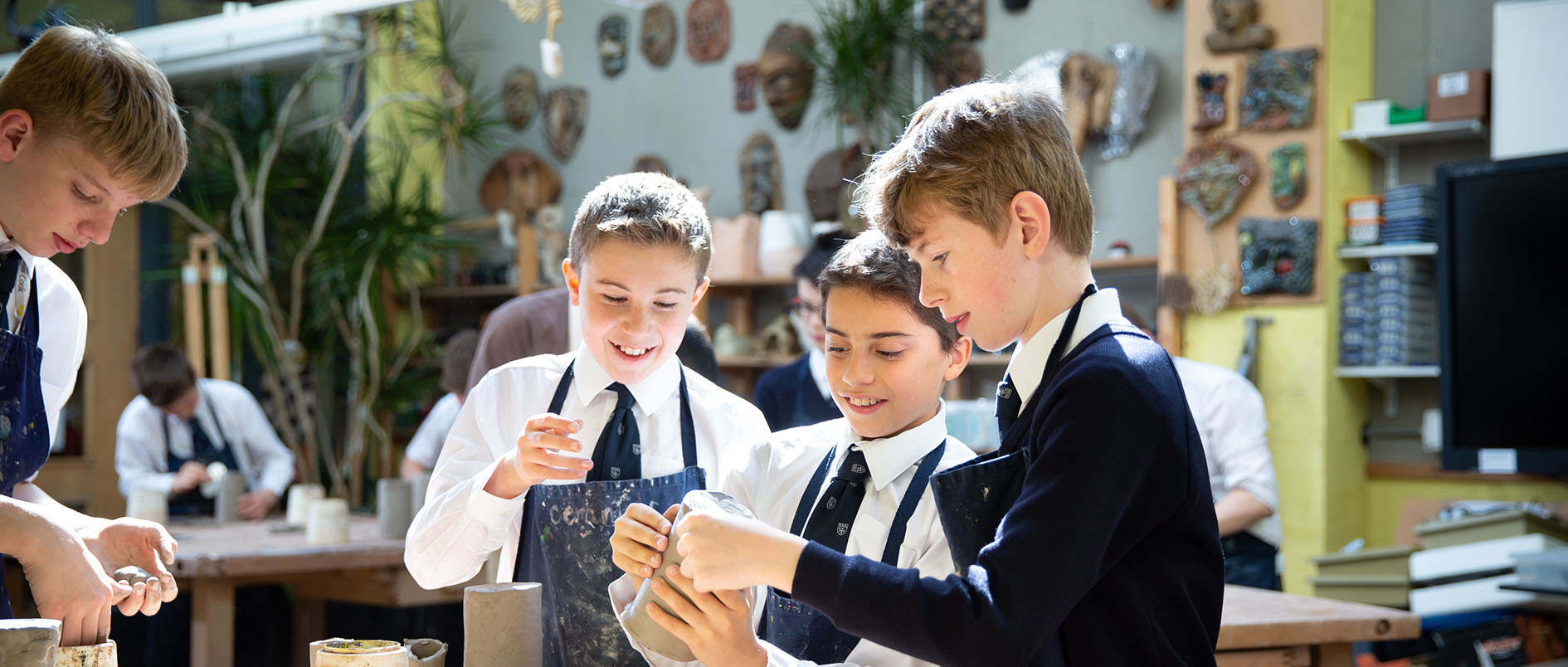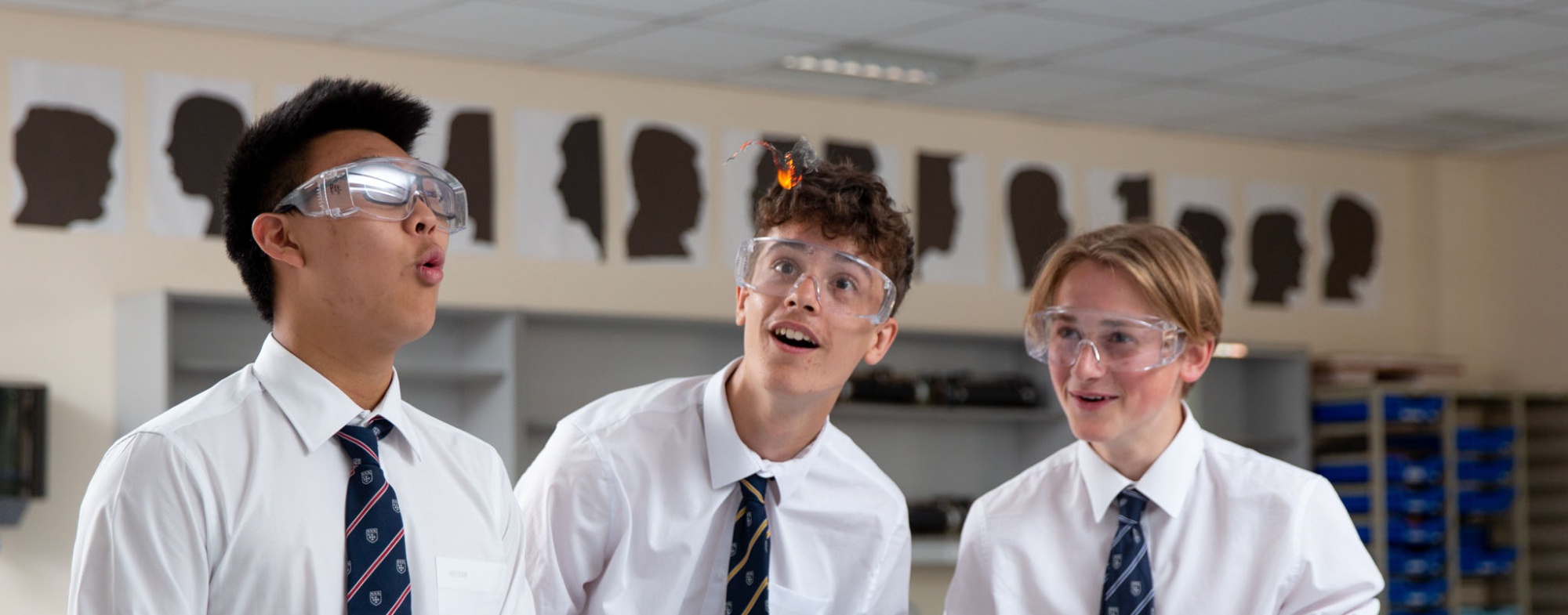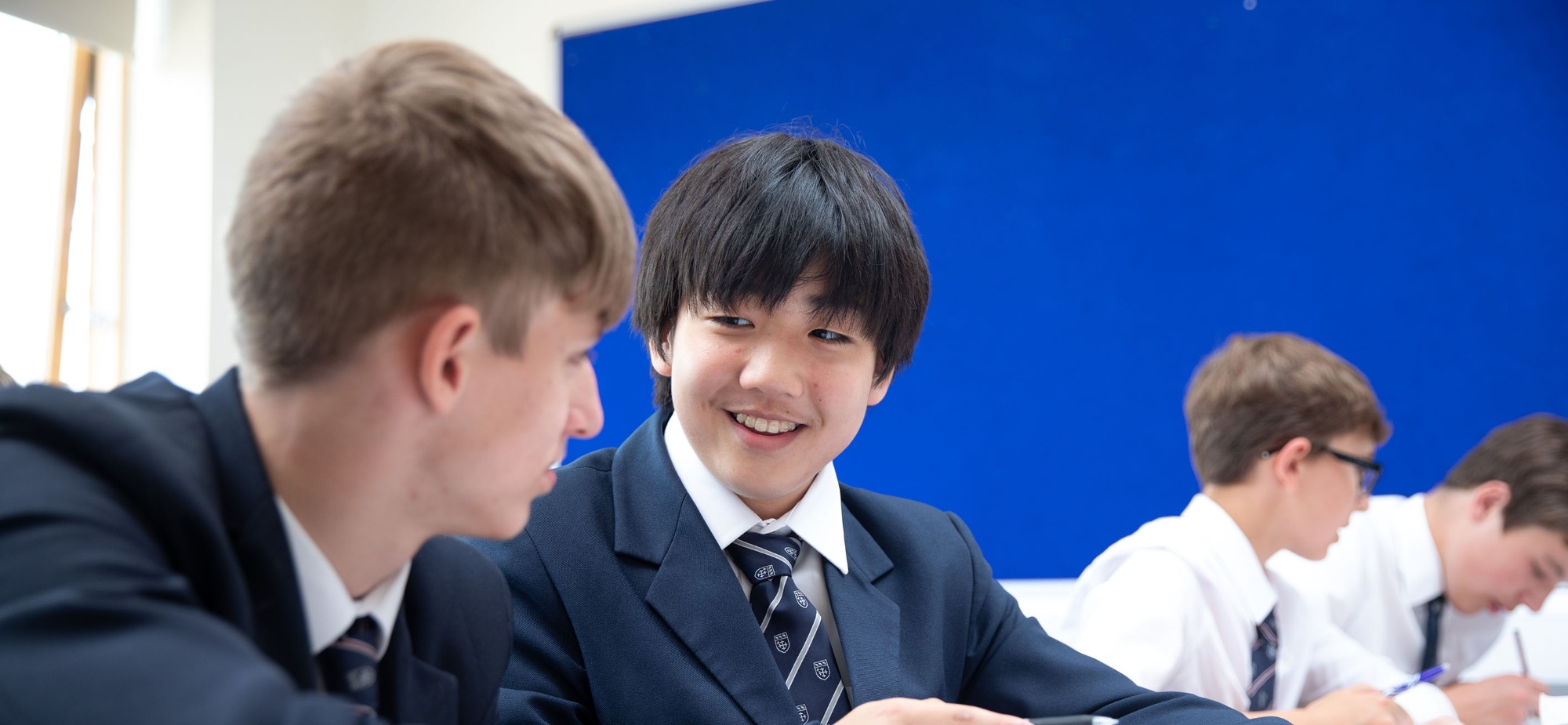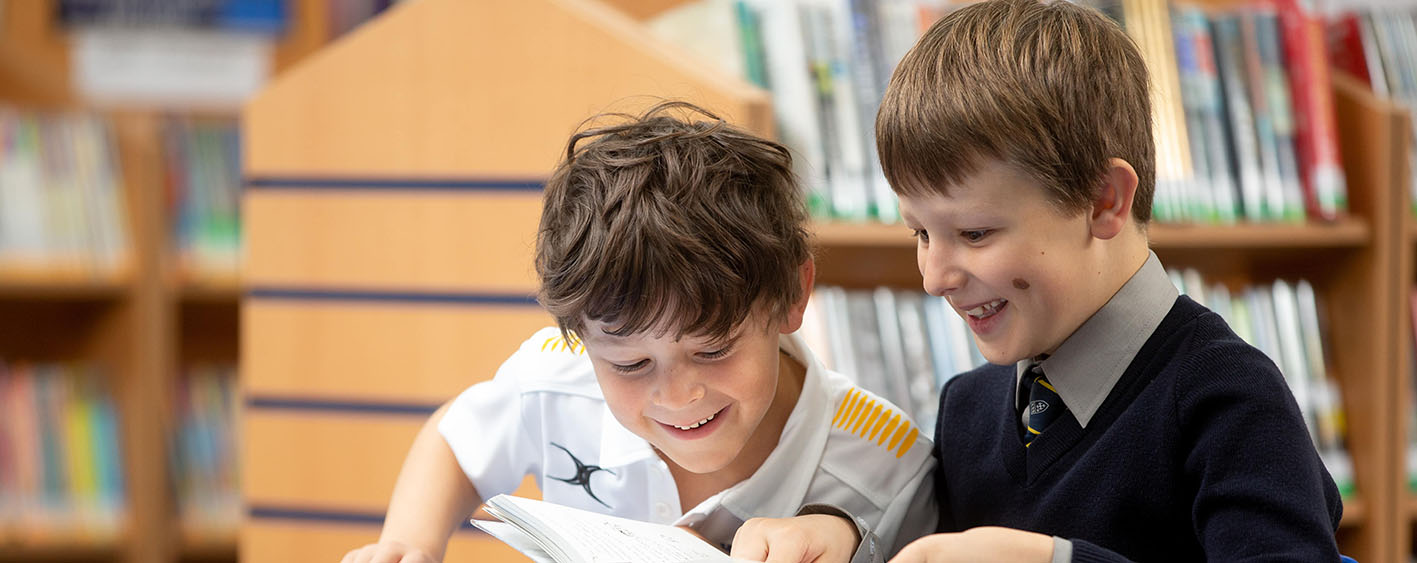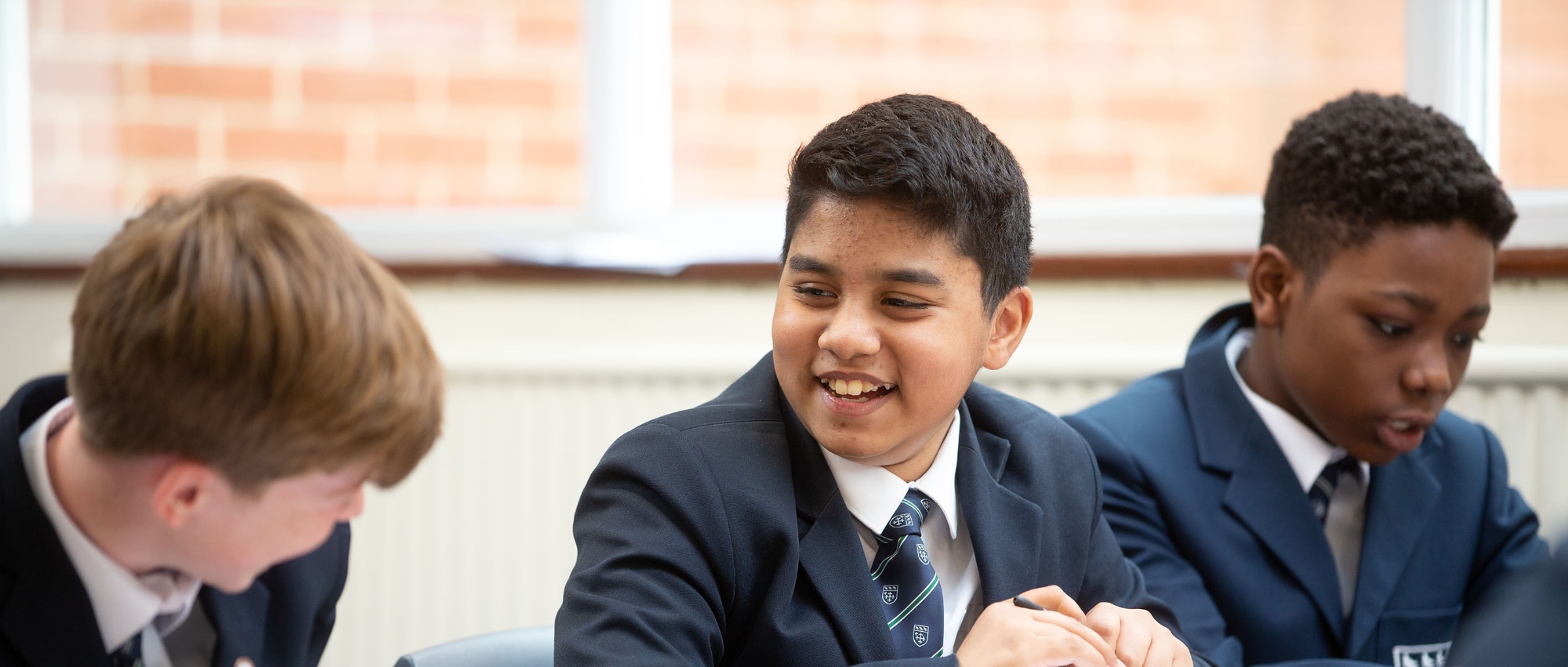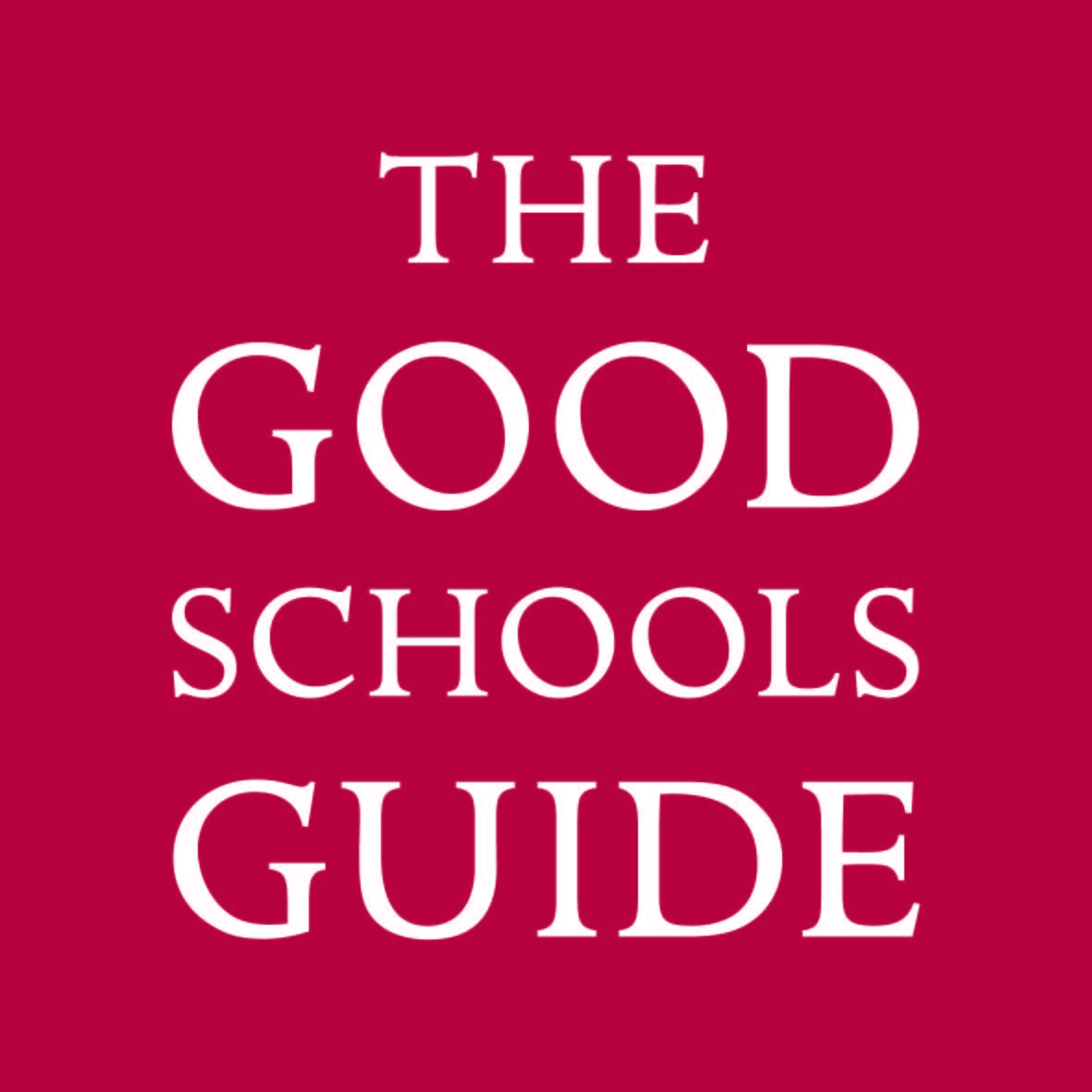The Golden Goose of 1929

Faced with an extraordinary image and a short article, published by CoventryLive just after the schools all went back early in March 2021, I could not help but investigate further.
The image, preserved in Warwickshire County Record Office, depicts over 30 Warwick School pupils dressed as jesters, with headgear purporting to be organ pipes, and their history teacher (a magician) and another master, also dressed as jesters, lounging on the grass in front of them. The event for which the photograph was taken was for a series of performances of Gustav Holst’s “The Golden Goose” in the

Image PH352/187/233 by kind permission of Warwickshire County Record Office.
grounds of Warwick Castle in the first week of July 1929. This piece, written in 1926, and first performed by students of Morley College and St Paul’s Girls’ School, is described as a choral ballet, and requires actors of all ages, singers and an orchestra. The plot, based on a Grimm’s fairy tale, concerns a princess who cannot smile, and a series of events takes place designed to break the spell. The turning point comes when a golden goose, armed with glue on her tail feathers, parades in front of the princess while dragging a whole host of people who are stuck to her. Warwick School’s part in all this comes in Episode III, when a magician appears with a “human organ”. The boys sing, imitating an organ. How they managed to sing through their fantastic head-pieces is difficult to imagine!
One would have thought that Portcullis magazine would have been full of this, but the whole effort merits only a couple of lines in a Musical Society report, saying that Mr S. F. Bates, the Music Master (WS staff 1929 – 45) had been busy rehearsing the boys. So we have to rely on a review of the performances which appeared in the Warwick & Warwickshire Advertiser & Leamington Gazette of 6th July 1929, as kindly supplied by Mrs Polly Beidas.
The newspaper report gives the names of all the performers, and it is clear that two members of staff were involved. The magician was Mr R. A. F. Mears (WS staff 1923 – 33), who joined the school after war service as a Second Lieutenant with The Sherwood Foresters (and a couple of short-term teaching contracts) and who left ten years later to concentrate on his authorship of history books. His name is still attached to a valuable yearly scholarship awarded to boys about to go to top universities. The other master is languages teacher Mr A. S. Wolstencroft (WS staff 1922 – 58). We assume that these are the two adult jesters reclining in the foreground of the photograph. Plenty of children from other schools were involved too, including those from King’s High and those of primary school age who acted as dancers and gnomes.
The performances took place on 4, 5 and 6 July at the foot of Ethelfleda’s turret-crested mound, with the orchestra being unobtrusively tucked away under a tree on the left of the audience, and the figure of the conductor, Mr P. J. Lees, only being visible. The performances were designed to raise funds for the restoration of nearby St Nicholas Church. The review states: No criticism can be levelled at its presentation, although it must be confessed that greater substance in the matter of plot [might] have given the production added interest.
How did the Warwick School contingent fare in the review? Mr R. A. F. Mears’ appearance in the role of the Magician with the marvellous organ, was evidence that he had strayed far in the realms of fancy when searching for his make-up, for he was a most wildly fantastic figure. The changed appearance of a number of boys from Warwick School, who were the “pipes” of his instrument, was little less remarkable. The tones of the organ do not please anyone, and the people approach him in a threatening attitude, singing ‘Down with the rascal.’
An astonishing feature of this bizarre and almost completely unrecorded episode in the history of Warwick School is that the composer, Gustav Holst, one of the four most important British classical music composers of the era (the others being Delius, Elgar and Vaughan Williams) attended the dress rehearsal on 3rd July, having walked 17 miles from a place near Edgehills [sic] during the day. Not only that (for we know that Holst, despite not being in the best of health, dying as he did at the age of 59 in 1934, was a keen rambler), but the newspaper claimed that he had walked from London! It was announced some weeks ago in the Warwick Advertiser that Mr Gustav Holst, the composer, would be present at one of the rehearsals of his work, and he attended the full dress rehearsal on Wednesday evening, which was witnessed also by a large number of school children and others. Mr Holst arrived at Mr P. J. Lees’ house in Mill-street at about 5:30, and after tea he went with Mr Lees into the Castle grounds and was asked if he would like to conduct the performance. This he preferred not to do, but listened and watched with great interest. At the conclusion he expressed himself very pleased with the way in which the ballet had been presented, and made a number of suggestions. He also had his photograph taken in company with the performers, and autographed twelve programmes, which will probably be auctioned. Mr Holst stayed at Sherbourne Vicarage for the night. It does beg the question – how did Gustav Holst, seeing that he was employed at the time as Director of Music at St Paul’s Girls’ School, London, arrange sufficient time off in order to walk from London to Warwick, a distance of about 90 miles? We shall see below that this claim may not have actually been true.
This matter was very helpfully answered by the Archivist of St Paul’s Girls’ School, London, Mr Howard Bailes – who also, incidentally, asked for this article and photograph to be placed in his school’s Holst Archive. He admitted that Holst was a very keen walker – perhaps his friend Vaughan Williams “drove him on”, however. He added: From the public performance of The Planets onwards, Holst was a household name and the school revered him; and he was on the best of terms with his High Mistresses (Frances Gray, 1904-27 and Ethel Strudwick, 1927-48). The head would not have tracked his movements, but partly because his dedication and hard work were proverbial; if he had suddenly headed off to Warwick, the assumption would have been that his journey was on behalf of the music and his pupils. Moreover, he was part-time and had responsibilities elsewhere, so the staff were used to his suddenly appearing and disappearing. Mr Bailes then very helpfully quoted from Michael Short’s “Gustav Holst: The Man and his Music” (OUP, 1990), and this is where the official biography and the newspaper review diverge slightly: ‘He followed his usual practice of walking part of the way, taking the opportunity to stay overnight with Arthur Forty …. After seeing the final rehearsals and the first day’s performance, Holst returned to London for yet another rehearsal of the work, this time by girls of St Paul’s, who were to give three performances in one day in the grounds of Bute House on 6th July.’ Bute House was then the boarding house of St Paul’s Girls’ School. It had five acres of grounds and an orchard.
A further item of interest is an entry in the headmaster’s diary of 24th April, 1929. G. A. Riding wrote, in perhaps an uncharacteristically magnanimous way: Hayden & a deputation waiting when we got back, to ask me to let the School do "The Human Organ" in Holst's "Golden Goose". Said we would do it. “Hayden” turns out to be J. D. Hayden, aged just 9 – and the son of the vicar of St Nicholas Church. This was the local Gothic Revival church, of course, built in 1785 and which was to benefit from the profits of the run of performances. Riding’s diary entries stop towards the end of June 1929, so unfortunately we don’t know his reaction to the performances – it is inevitable that he attended at least one of the events. What else might have been on Riding’s mind at this time, though, is revealed in the “Warwick School – Weekly Notes” column on the same day and in the same newspaper as the review of “The Golden Goose”: At the time of going to press the school is having a Board of Education inspection.
Gervald Frykman, Warwick School's Archivist, March 2021


